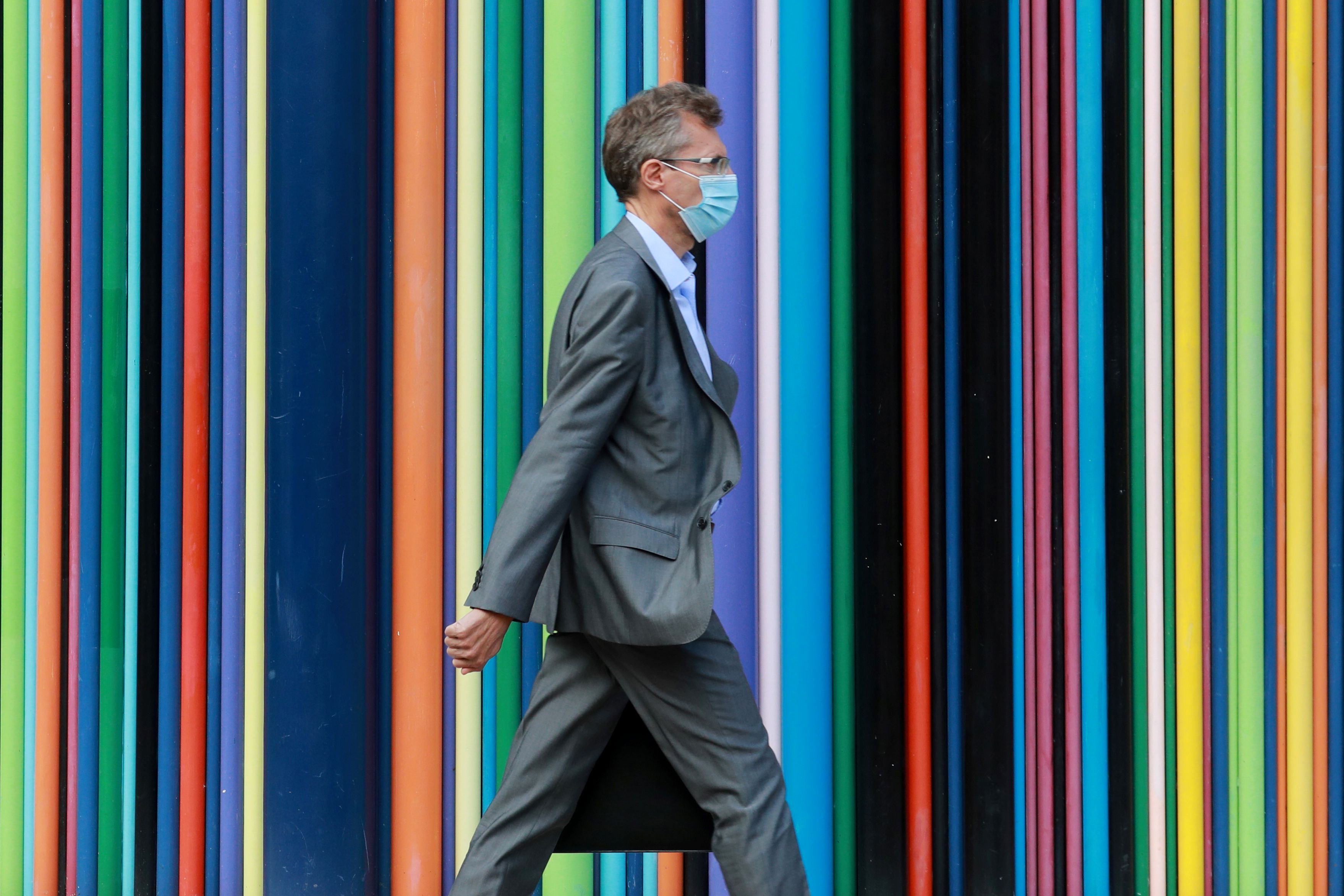You’ve probably seen the graphs, cases are way up in France, even higher than the first wave, and yet deaths hardly seem to be up at all. Yet if you compare the latest number of deaths recorded, 130 for the week ending 3 September, they’re slightly higher than the 123 deaths in the week in March when the country locked down.
Meanwhile, in the UK, cases continue to rise with just under 3,000 new infections announced over the last two consecutive days. The deputy chief medical officer said last night that the rise is deeply concerning and that Brits had ‘relaxed too much’.
Should we be panicking? Are we about to see another spike in hospitalisation and the inevitable corresponding spike in deaths? It seems to me that the headbangers arguing ‘it’s only cases’ and those crying ‘stay locked down forever’ are both wrong. This is something that can only be seen when you look at the numbers correctly.
Those who suggest that all this is the result of more testing (leading to an increase in the number of recorded positive cases) are right to say that recorded cases are not the same as the actual number of infections. We have a lot more testing now, and so the first peak may have been 20 to 50 times higher than it looks. But there’s a more important point about cases, which you can only see if you plot them correctly.
The point is – and I can’t believe I’m having to say this after six months – but the numbers have to be plotted on a logarithmic scale. What really matters isn’t the height of the peaks in case numbers – that’s something that is partly determined by the number of tests – but how fast they go up. As I wrote back in April, linear graphs are hard to read because the numbers involved can grow quickly. Instead, a logarithmic graph is more instructive – where the scale goes from 10 to 100 to 1,000 etc. – because it removes the exponential element.
You cannot see the rate of infection, the speed at which the virus is spreading, on a linear scale. Whereas on a log scale it all becomes clear: cases are going up, but nowhere near as fast as they did the first time around. In France, it looks like the number of cases is doubling every two weeks or so, whereas they were doubling every 3.5 days in March.
This makes a big difference from a public health point of view: if you lock down, nothing much changes for around three weeks, so further doubling is baked in. It takes time for symptoms to become apparent and for patients to become ill enough to seek out a test.
But what about deaths? Deaths haven’t gone up, have they? Actually, yes they have. It took a while after cases started going up, as younger people got infected first, but again, using a log plot you can see deaths are heading up. So those who are arguing that cases and deaths have become decoupled have missed the point that a slower rise in the number of infections means a slower rise in the number of deaths. But looking at the logarithmic trajectory, it seems very plausible that we will start to see those numbers creeping up.
Take a look at this graph of confirmed Covid deaths in France. It doesn’t look like much, but the trend is clear – French deaths are, slowly but surely, on the rise.
So, overall I think France has serious problems: their test positivity rate keeps going up too, and it’s not obvious how they put the brakes on. Of course, the interesting question is how much of this is our future. Given what the deputy chief medical officer said last night, it seems those in charge are extremely worried about the answer.







Comments